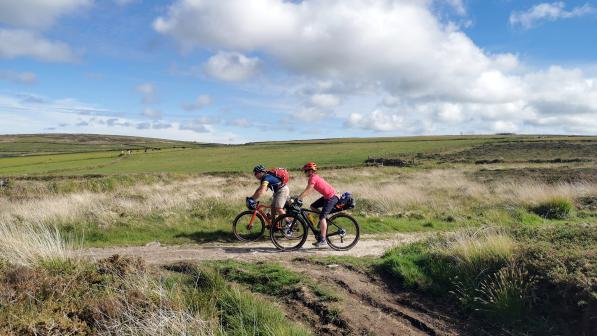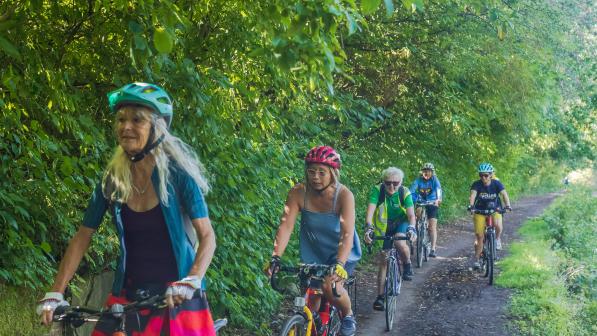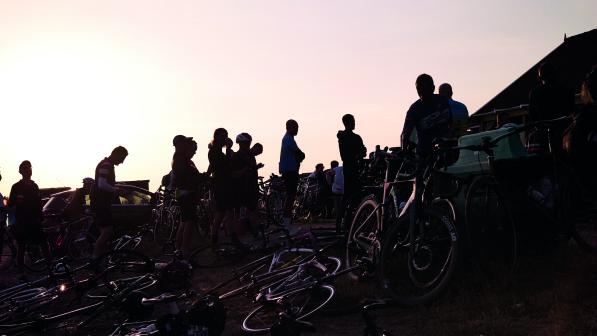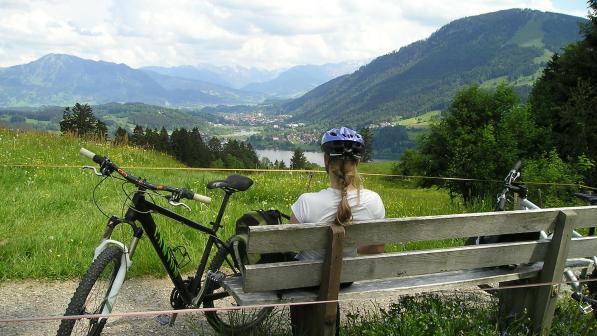What to eat and drink for a long Charity, Sportive or 100 mile ride

Breakfast before
Breakfast should be light and high in carbohydrate - cereals, toast and porridge are good examples. To start your caffeine loading program, drink one 750ml bottle of EnergySource X’treme, in the period 60 to 90 minutes before the start of your ride. At the same time take the following EnergyGel PLUS which contain a moderate caffeine content.
Your body weight:
50kg to 60kg: 1 x EnergyGel PLUS
60kg to 70kg: 2 x EnergyGel PLUS
70kg to 90kg: 3 x EnergyGel PLUS
Carbohydrate and fluids
How much you are able to drink during your ride will depend on the weather conditions and your sweat rate. The special 2:1 formulation in EnergySource means that in hot conditions you can drink in excess of 1000ml per hour without upsetting your stomach. If the weather is cold and you drink less than 800ml per hour, you need to increase your carbohydrate intake, by taking EnergyGel. If you drink the following amounts of EnergySource each hour, you should take the number of gels shown:
800ml or more: no gel
750ml: 1x Gel
500ml: 2x Gel
250ml: 3x Gel

Your first gel each hour should be EnergyGel PLUS (contains caffeine) to keep the caffeine level in your body topped up during longer events. Any remaining gels taken in that hour should be standard EnergyGel (no caffeine) otherwise your overall caffeine intake will be too high. You will not need to eat or drink anything else even during a longer event.
Sensitive to caffeine?
If you have a medical condition or do not wish to use caffeine for another reason, then simply switch each of the products detailed above with the non-caffeine equivalent from High5 and ignore the section on caffeine loading before your event.
Anti-cramp strategy
The American College of Sports Nutrition states that:
“Muscle cramps are associated with dehydration and electrolyte deficits and muscle fatigue.”
Adding Zero Neutral Tabs to your drink boosts the electrolyte content and provides magnesium. This might be particularly useful in hot conditions.
After your ride:
Drink 750ml of Protein Recovery as soon as you finish. Eat a balanced meal one to two hours later.
Notes:
- Substitute IsoGel for EnergyGel if you wish.
- These guidelines should provide your body with the maximum amount of carbohydrate it can absorb. Do not eat or drink anything else. You will not need it.
- Carbo-loading before an event can increase the amount of carbohydrate you have stored by 30%.
- Some riders who suffer from cramps, may also find that caffeine can make them worse, so you may wish to substitute the caffeine products listed with their non-caffeine equivalents.
Additional note on avoiding cramp:
Despite the lack of unequivocal evidence however, most scientific authorities agree that any nutritional cramp-prevention strategy should aim to address three important areas:
1. Maintaining adequate hydration – because all electrical signalling activity in the muscles takes place in an aqueous (water) environment and even small shortfalls in hydration levels could lead to impaired electrical signalling and an increased risk of cramping;
2. Ensuring adequate dietary intake of the electrolyte minerals – sodium and potassium because they’re involved in conducting electrical signals to/from muscles, and calcium and magnesium, which are essential for the contraction and relaxation of muscle fibres;
3. Replenishing energy in the form of carbohydrate – because even small drops in the level of stored muscle carbohydrate (glycogen – your body’s premium fuel for exercise) can lead to increased fatigue, which may in turn increases the risk of muscle cramps.
High 5 sport nutrition has nutrition guides for specific activities. For more information visit http://highfive.co.uk/high5-faster-and-further/road-cycling-nutrition-guides



